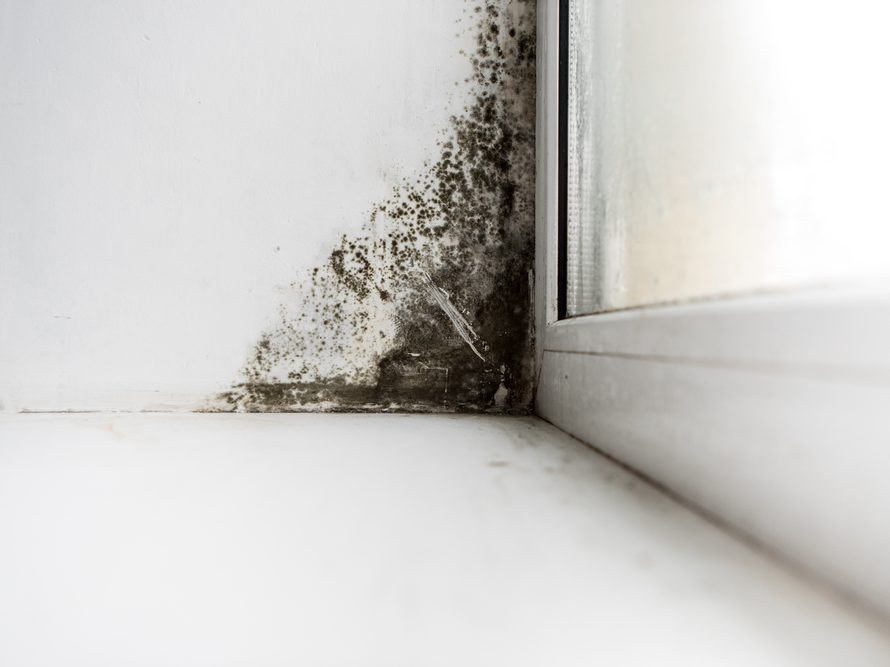Locating Post Remediation Inspection Near Me Solutions
Locating Post Remediation Inspection Near Me Solutions
Blog Article
Your Ultimate Overview to Blog Post Mold And Mildew Removal Techniques
Browsing the world of post-mold removal methods is a precise procedure that demands focus to detail and a comprehensive understanding of the details involved. In the after-effects of mold and mildew problem, recognizing how to effectively remove the mold and stop its reoccurrence is extremely important for preserving a healthy indoor setting. From selecting the appropriate cleaning and disinfecting techniques to carrying out techniques for long-term mold prevention, each step in the removal journey plays a vital role in guaranteeing a successful outcome. As we begin on this expedition of post-mold removal strategies, we will certainly uncover the crucial strategies and best practices that can help you restore your space to its pre-mold problem and secure it versus future mold threats.
Understanding Post-Mold Remediation Process
After completing the mold removal process, it is important to recognize the post-mold remediation techniques that are essential to ensure a extensive and efficient clean-up. When the mold has been removed, the following action includes cleaning and sanitizing the influenced locations to avoid any type of regrowth of mold.
In addition, performing a last evaluation post-remediation is crucial to make certain that all mold has been efficiently gotten rid of. This evaluation must involve a complete visual check along with possibly air sampling to verify the lack of mold and mildew spores airborne. Added removal might be necessary if the assessment discloses any kind of lingering mold. Finally, informing owners on safety nets such as regulating moisture levels and quickly dealing with any type of water leaks can help maintain a mold-free environment.
Effective Cleansing and Decontaminating Approaches

Preventing Future Mold Development

Relevance of Appropriate Ventilation
Appropriate air flow plays a critical duty in avoiding dampness buildup, a crucial consider mold and mildew development within indoor atmospheres. Reliable ventilation systems assist get rid of excess humidity from the air, minimizing the chances of mold spores locating the wetness they require to sprout and spread out. Without ample ventilation, indoor areas can become a breeding place for mold and mildew, leading to prospective wellness risks and structural damage.
By making certain proper air circulation, ventilation systems can likewise aid in drying out moist areas faster after water damage or flooding occurrences, better deterring mold development. After mold remediation. Precede like restrooms, attic rooms, kitchens, and basements where moisture levels have a tendency to be higher, setting up and preserving efficient ventilation systems is important in stopping mold and mildew invasions

Monitoring and Upkeep Tips
Provided the critical duty that proper air flow plays in stopping mold development, it is vital to establish reliable tracking and maintenance pointers to guarantee the ongoing performance of air flow systems. Regular examinations of ventilation systems need to be carried out to look for any type of indicators of blockages, leakages, or malfunctions that might impede appropriate air movement. Tracking moisture levels within the residential property is also vital, as high humidity can contribute to mold and mildew development. Setting up a hygrometer can assist track moisture levels and alert home owners to any spikes that might call for attention. Furthermore, making certain that air filters are regularly cleaned or changed is essential for maintaining the effectiveness of the air flow system. Implementing a schedule for routine upkeep jobs, such as air duct cleaning and heating and cooling system assessments, can aid prevent problems before they intensify. By remaining aggressive and attentive to the condition of air flow systems, homeowner can efficiently reduce the danger of mold regrowth and preserve a healthy indoor atmosphere.
Conclusion
In verdict, post-mold removal methods are important for ensuring a tidy and safe environment. Recognizing the process, applying efficient cleaning and decontaminating methods, protecting against future mold and mildew growth, keeping here are the findings proper air flow, pop over to this web-site and routine surveillance are all important steps in the removal process. By complying with these guidelines, you can effectively eliminate mold and stop its return, functioning or advertising a healthy living room for all residents.
In the results of mold invasion, knowing exactly how to successfully eradicate the mold and stop its reoccurrence is extremely important for maintaining a healthy interior setting. When the mold and mildew has actually been removed, the following action involves cleaning and decontaminating the affected areas to stop any regrowth of mold - Post Remediation Inspection near me. After eliminating visible mold growth, it is critical to clean all surfaces in the affected area to get rid of any type of continuing to be mold and mildew spores. To better enhance mold prevention steps, it is vital to attend to underlying concerns that originally led to mold and mildew growth.Offered the critical role that proper ventilation plays in avoiding mold growth, it is crucial to develop efficient tracking and maintenance suggestions to guarantee the continued functionality of ventilation systems
Report this page